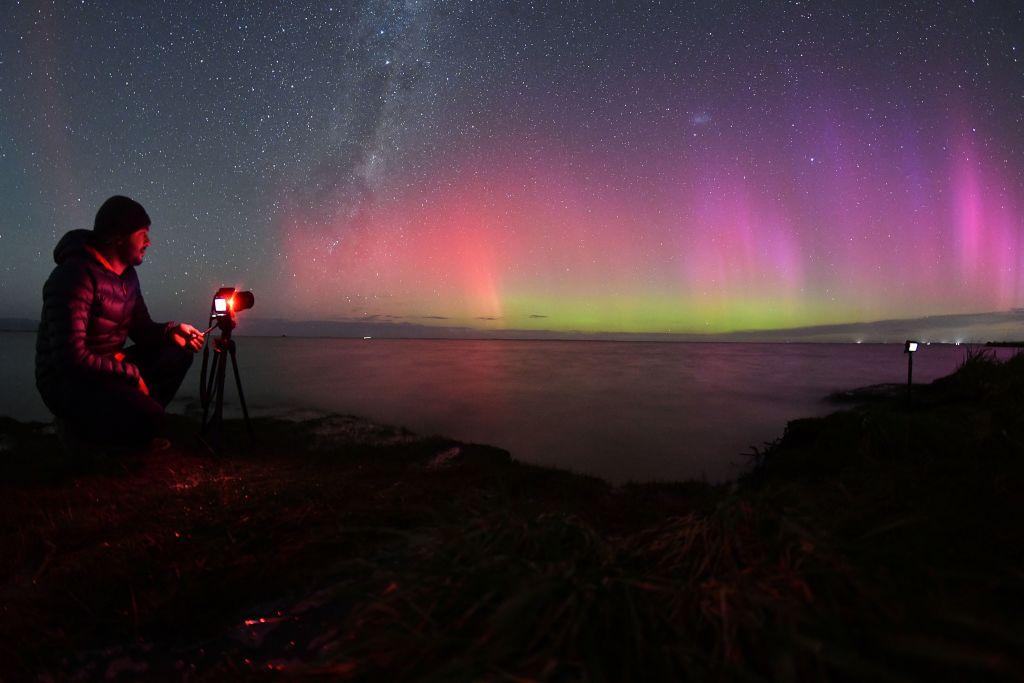New Zealand’s night sky lit up with streams of pink and green, treating viewers to a spectacle of the Aurora Australis.
The lights, visible to the naked eye, were seen across the southern island, all the way up north to Wellington and Hawke’s Bay.

New Zealand’s night sky lit up with streams of pink and green, treating viewers to a spectacle of the Aurora Australis.
The lights, visible to the naked eye, were seen across the southern island, all the way up north to Wellington and Hawke’s Bay.